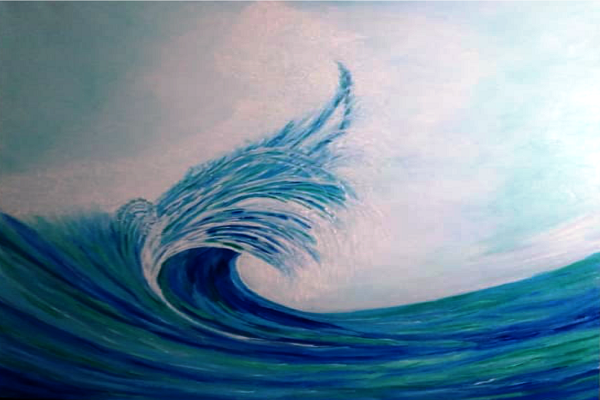The whole art community felt a wave of transformation when the modern art movement was started.
Believed to be started in the early 19th century, modernism laid a tedious but frictionless road ahead for the artists.
But what was modernism all about? Do you know why modern artists are regarded as trailblazers and trendsetters?
Unfolding this and a lot more, this article throws light on the good, better, and the best of the modern art movement.
The spur of transformation
Long before modernism came into existence, the art community was stable. But stability doesn’t mean the right version always.
Art, since the time of cave paintings, have seen a slow but gradual phase of evolution that has moved artists from drawing images on stones and walls to create impeccable visuals on canvas.
From natural ingredients that were used to make colours, artists started using oil paints, crayons, acrylic paints, etc.
Art is the expression of human’s creative self in every possible manner.
But sometimes, we sell art short.
This is what happened when in the early 1800s artists realised that the conventional and academic style of creating art isn’t eluding them anymore.
These artists rejected the idea of imitating known objects like landscape, people, etc. According to the modern art movement’s initiators, art wasn’t meant to be confined in the set of rules and conventions.
Modern art paintings from the artists’ point-of-view, were meant to take us in the world where no ordinary human can reach.
Thus, the apparent reason for the rise of modernism was to defer from the traditional conventions and come up with something more realistic and emotional than a subjective representation of objects of real-world.
The Modernism movement is thus a by-product of the transition that started after the industrial revolution.
The Stretch-outs of Modern Art
The entire modern art movement is spread out to a wide timespan with a number of extensions that comprehensively constitute Modernism as a whole.
Let’s take a quick look at some of the art movements that bolstered modernism all along the way:
Impressionism
Impressionism, as an art movement, originated in the late 19th century in France. Artists who were basically tired and bored with the stagnancy of the traditional approach looked to focus on natural light more in their work.
Thin brushstrokes become the highlight of impressionism where artists’ main focus was to depict outdoor sceneries such as landscapes, street scenes, etc, to captivate the ecstasy and colourful enchantment of the subject.
Artists specifically look to stay away from the utilization of black colour in their art pieces. This becomes one of the known characteristics of artworks produced under the impressionist epoch.
Renowned artists belonging to this movement are Pierre – Auguste Renoir, Claude Monet, Camille Pissarro, and Armand Guillaumin.
Abstraction
In a gradual shift from the realistic subject matters, abstraction is an art movement that includes whirls and designs of tantalizing shapes and colour compositions.
One of the most fantasising aspects of abstraction is that it doesn’t have any beginning point nor any ending destination. Still, the outlook of these famous abstract paintings represents the true spirit of modernism.
Artists explicitly focus on dots, lines, colour motifs, light effects, etc, in the abstractionism. The intention is to craft these modern art paintings aesthetically and uniquely.
Even though most of these artworks don’t represent any specific art movement, the capability to evoke emotions through abstraction is what this art form special.
Jackson Pollock, Mark Rothko, William de Kooning, Arshile Gorky, and Lee Krasner are some of the illustrious painters of this art movement.
Surrealism
This special art movement commenced at the beginning of the early 20th century. The main point of focus of artists remains on the expression of the subconscious.
With adjacency as its biggest factor, surrealism is all about placing two abstract objects near to each other in the art piece to extract an enthralling effect altogether.
Cubism
This particular art movement was founded by the greats of the art community like Pablo Picasso and Georges Braque.
Started at the beginning of the 20th century, this art form was peeled out of the muds of abstraction as a response to the modern art transformation.
The highlighting feature of cubism is its geometric figures. A splendid cubist painter is known to represent the expression of real people, objects, scenarios, places, etc.
These are the aspects and consequential facets that represent why modern art paintings are a hit in the market.











Read 0 comments and reply